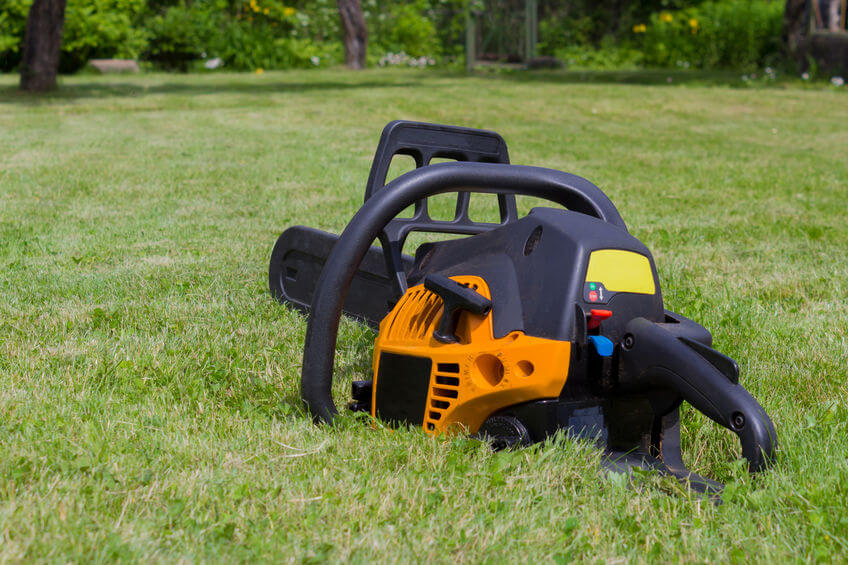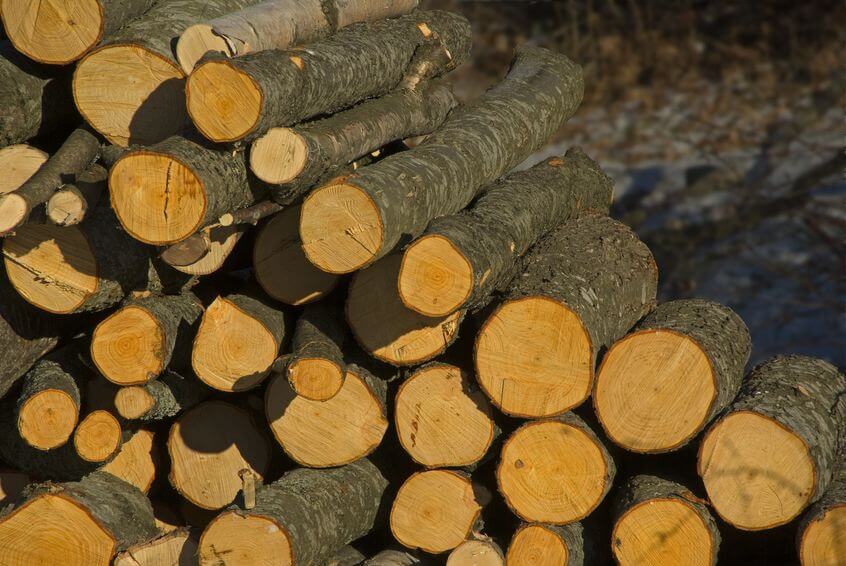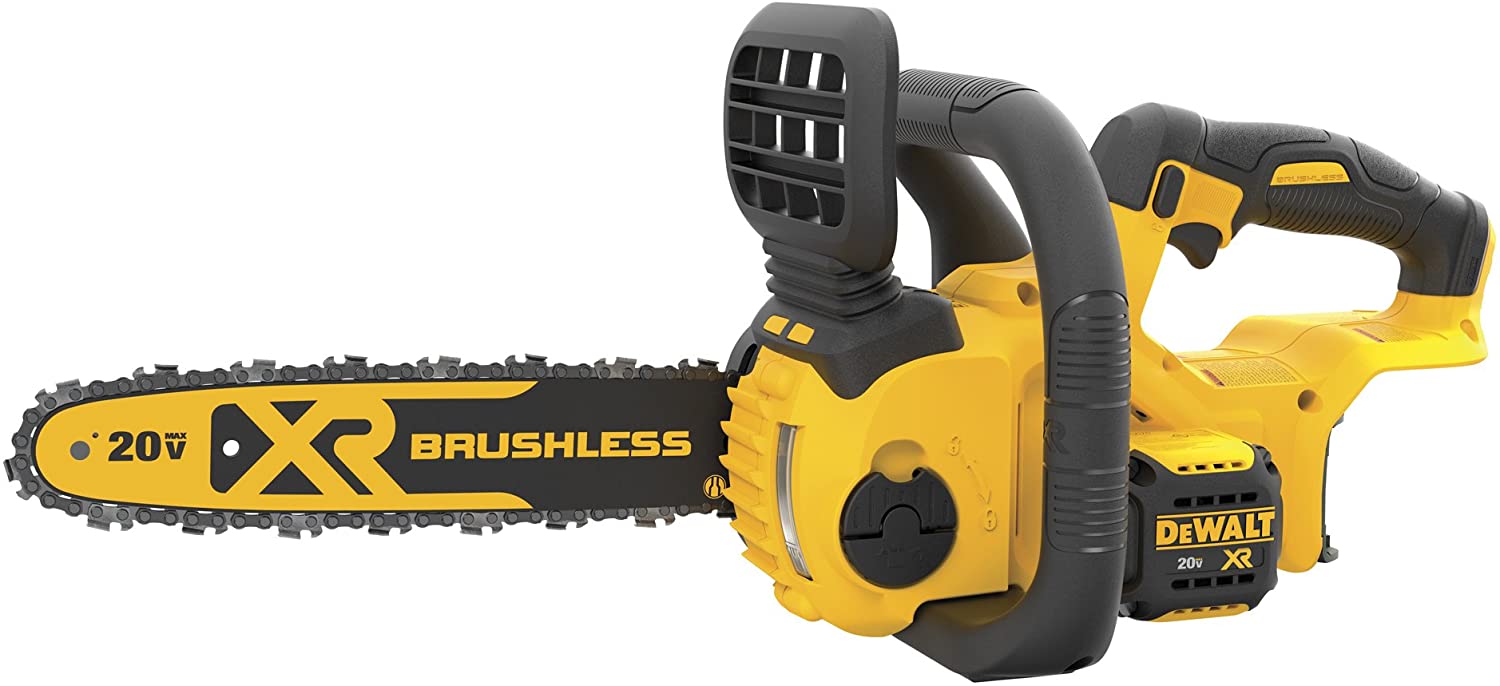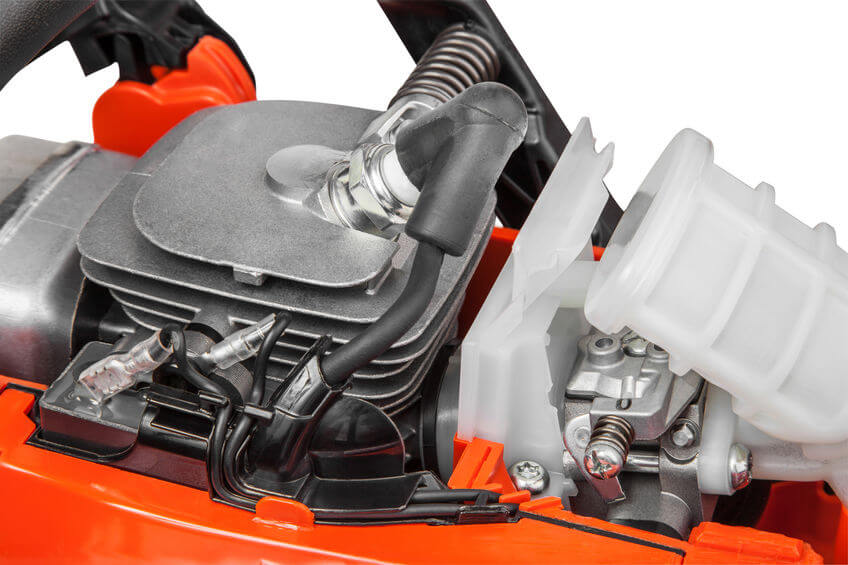- Home
- Chainsaw Maintenance
- How to Start a Chainsaw
How To Start A Chainsaw
This post may contain affiliate links so I earn a commission.
It’s important that you learn how to start a chainsaw properly to avoid potential injury to yourself and others, as well as keeping your saw running at its fullest potential.
If you’ve never worked with a chainsaw before, you might be confused how to start one, and how to trouble shoot a few common problems if it doesn't start.
Whether you’re using a gas saw or an electric saw, fortunately, the process is pretty easy - it just takes some getting used to.
Here’s what you need to know.
How To Start A Gas Chainsaw
To learn how to start a chainsaw you should follow these four simple steps.
Before you begin, make sure you are wearing proper protective equipment, such as chaps, steel-toed boots, hearing protection, a hard hat, gloves, and eye protection as needed.
1. Make Sure Your Saw is Level
First, make sure your chainsaw is positioned on level ground.
Make sure your chain tension, chain lubricant, and fuel supply are all in good stead.
You should always make sure the area is clear of debris and that there are no bystanders nearby.

Not only can the saw injure anybody that is standing too close, but flying debris can also pose a hazard.
It’s important to
check for bystanders before you start the saw, as you may not be able to hear
them once you get it started.
Make sure your bar is positioned away from any obstacles and put your right foot on the rear handle to keep it stable while you start it.
Although you might see many people doing it this way, when you’re new to starting chainsaws, you should not “drop start it.”
This is when you drop the saw as you pull the start cord.
This can not only damage your saw, but it can be dangerous for you too.
2. Understand How the Chain Brake is Used
Next, check your chain brake.
The chain brake is one of the most vital safety features on a chainsaw, as it stops the chain from moving if there is a kickback while you’re using your saw.
The chain brake varies depending on the kind of saw you’re using, so you might want to check your user manual before you begin.
Otherwise, know that the chain brake is activated when the front hand guard, which is located next to the upper handle, is pressed forward when the saw is being pushed back toward the operator.
It will stop your chain from continuing to move around the guide bar.
When learning how to start a chainsaw, make sure the chain brake is engaged so the chain doesn’t move while you’re in the process of getting the saw started.
3. Open Your Choke
Now you need to switch on your saw. Turn the on/off switch to the “on” position and open your choke.
This will allow the fuel mix to get to the engine.
A richer mixture of fuel will be sent to the engine once you’ve opened the choke.

Some chainsaws also have fuel primers - if yours does, be sure to press it a few times until you can see fuel inside the bulb.
4. Start The Saw
Finally - time to start your saw. Put your left hand on the upper handle and your right foot on the rear handle, pulling the start cord with your right hand.
Once the engine turns over, you can partially push the choke back in.
Pull the starter cord once more.
In some cases, you may have to pull the start cord several times to get the chainsaw to run.
Once you get the engine to run, you can adjust the choke so it’s in the “run” position.
Let the engine idle for a minute or two so it’s nice and warm before you start cutting.
How To Start A Chainsaw - Electric Models
Starting an electric chainsaw is easier than starting a gas chainsaw, but you’ll want to follow the same safety precautions mentioned above.
Depending on the type of saw you have, both cordless and corded saws will require you to press a safety lock button that will make your saw operational.
This lock button is in place to prevent accidental starting, and its position and instructions for use will vary depending on the make and model of your saw.

Begin by connecting your power source, be it a battery or a power cord.
Put your saw on the ground, clear of obstacles and bystanders.
Engage your chain brake and safety switch, then pull your trigger
switch to start the motor.
Continue to hold the trigger and make sure your chain brake is working before you disengage it.
Then you can start cutting.
Common Reasons Why Your Chainsaw Won't Start
If you followed the steps above and your chainsaw still won’t start, there could be a million reasons as to why.
However, there are generally a few common culprits at play.
The most common reason is that your spark plug is defective.
Take your spark plug out and inspect it.
If the insulator is cracked, there is carbon accumulation, or you have a damaged or missing electrode, it’s time to replace the spark plug.
These need to be replaced every couple of seasons.

Your carburetor could also be clogged.
This problem is typically caused by storing fuel in the saw for too long.
You may
simply need to clean it by using a bit of carburetor cleaner, but if that
doesn’t work, rebuilding or replacing the entire unit might be necessary.
Some chainsaws won’t start if the ignition coil is defective.
You’ll want to make sure your spark plugs aren't faulty before you suspect any problems with your ignition coil.
If your ignition coil truly is defective, it will need to be replaced.
Those aren’t the only reasons why your saw won’t start, though.
Other common issues include problems with the recoil starter or recoil starter pulley, defective rewind springs, and more.
In most cases, these issues can be easily resolved at home without the need of a chainsaw mechanic.
How To Start A Chainsaw - Overall
Whether you’re cutting firewood, clearing brush, or doing anything else that requires the use of a chainsaw around your property, it’s imperative that you understand how to start a chainsaw and how to properly maintain it.
Without understanding the basic mechanism of chainsaw operation - as well as how to start a chainsaw safely - you risk injury to yourself and others.
Follow these tips, and you’ll be successful each and every time.

About the Author
Obsessed with firewood, Nick is behind over 350+ of Firewood For Life's articles, as well as countless reviews, guides and YouTube videos to help readers like you reduce heating costs and create the perfect fire.


